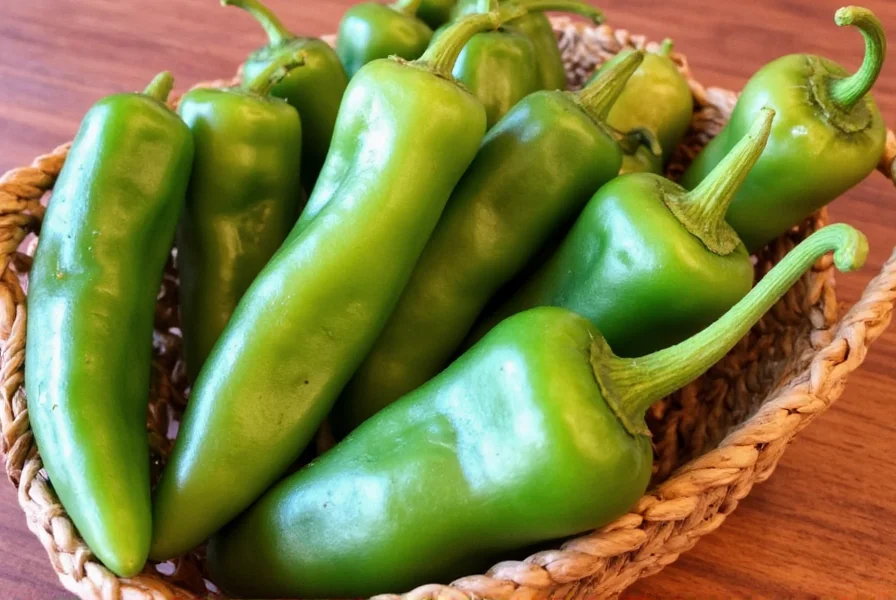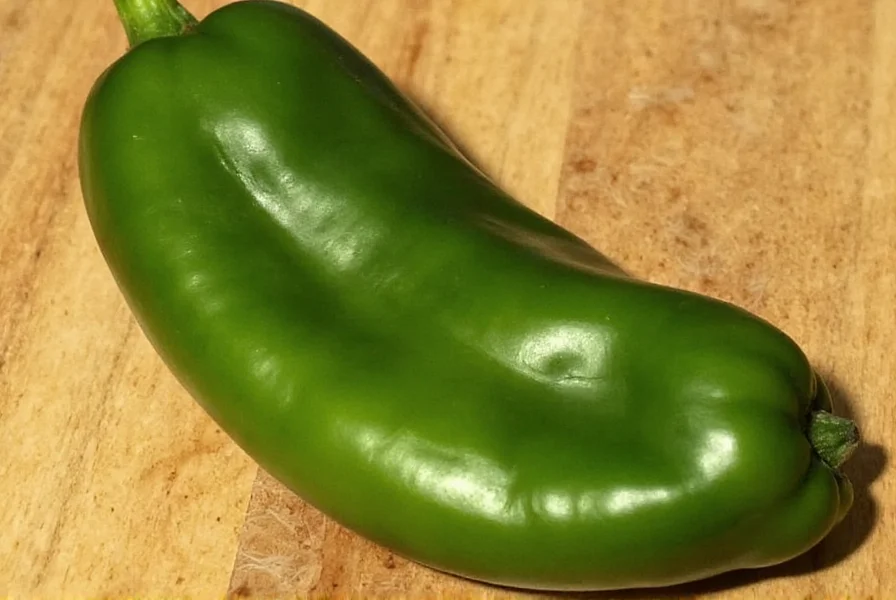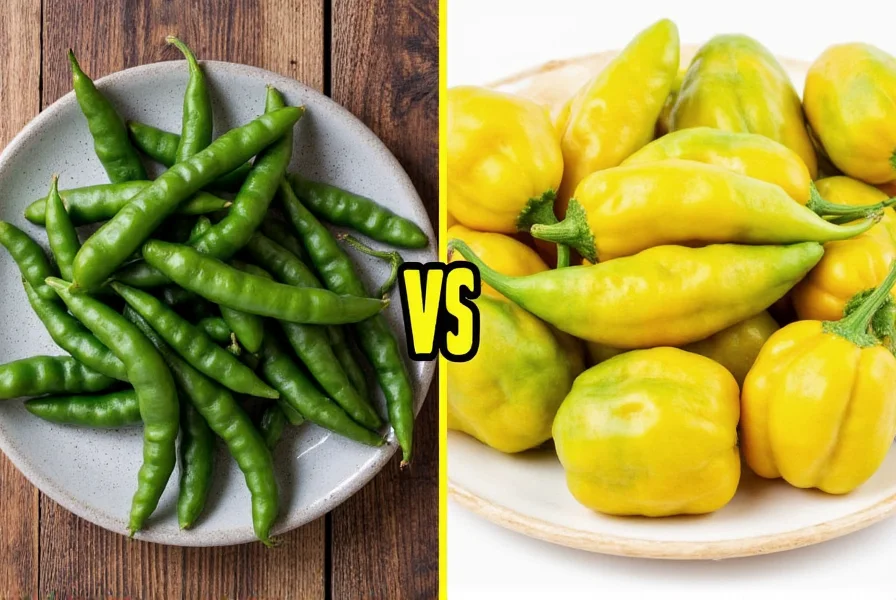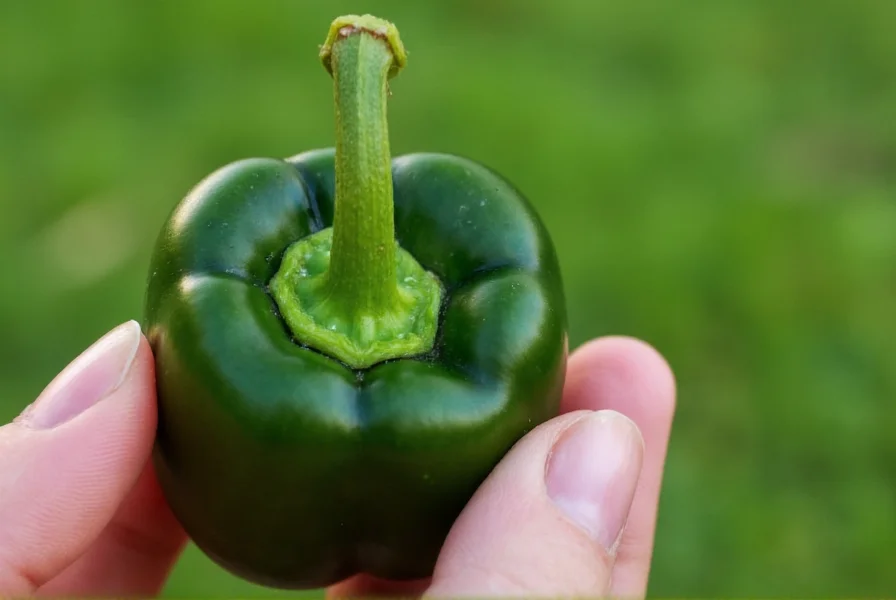If you've ever stood in front of a shelf of dried chilies at your local mercado or specialty spice shop, chances are you've been caught in the crossfire between poblano vs pasilla chili. They're both staples in Mexican cooking — but they're definitely not interchangeable.
In this spicy showdown, we'll dig into everything you need to know about these two chilies: flavor profiles, heat levels, culinary uses, and even how to buy, store, and grow them. Whether you're a seasoned chef or a home cook looking to add more depth to your dishes, this guide will arm you with the knowledge to make the right choice every time.

| Feature | Poblano Chili | Pasilla Chili |
|---|---|---|
| Heat Level (Scoville) | 1,000–2,000 SHU | 1,000–2,500 SHU |
| Origin | Puebla, Mexico | Oaxaca, Mexico |
| Color | Dark green (fresh), Reddish-brown (dried) | Deep purple-black (dried) |
| Texture | Thick, meaty skin | Thin, wrinkled skin |
| Common Use | Chiles rellenos, sauces, stews | Mole sauces, soups, marinades |
The first thing you notice when comparing poblano vs pasilla chili is their physical appearance — and it tells you a lot about how each should be used.
Poblano Chili: The Fresh Favorite
Named after its home state of Puebla, the poblano starts life as a dark green pepper. It's large, broad, and slightly heart-shaped with a glossy exterior. When fresh, it's commonly roasted or stuffed.
Once dried, it becomes the ancho chili, which has a reddish-brown hue and a smoother texture than many other dried peppers.
Pasilla Chili: The Dark Horse
The pasilla, on the other hand, hails from Oaxaca and retains its deep, almost blackish-purple color whether fresh or dried. Its name actually means "little raisin," referring to its wrinkled, raisin-like appearance once dried.
It's long and slender, often with a curved shape that makes it easy to distinguish from the shorter, wider poblano.

Now let's get down to the nitty-gritty: flavor. Because at the end of the day, taste is what really matters.
Poblano Chili: Mellow with a Touch of Earthiness
- Fresh poblanos have a mild, earthy flavor with just a hint of bitterness.
- When dried into anchos, they develop sweeter notes with hints of dried fruit, coffee, and cocoa.
- Perfect for adding body and subtle heat without overwhelming the dish.
Pasilla Chili: Complex and Smoky-Sweet
- Pasillas deliver a deeper, more complex flavor profile — smoky, sweet, and rich with hints of berry and licorice.
- They pack a bit more heat than poblanos but still stay within the mild range.
- Ideal for sauces that need a bold backbone, like mole negro.
Let's explore where each chili shines in traditional recipes:
Poblano Chili in Action
- Chiles Rellenos: The star of the show — stuffed with cheese, battered, and fried.
- Rajas con Crema: Sliced roasted poblano strips in cream sauce.
- Green Mole: Often blended into salsas or moles for a vibrant base.
Pasilla Chili in Action
- Mole Negro: A signature use in Oaxacan mole, lending deep color and flavor.
- Soups and Stews: Blended into broth-based dishes for richness.
- Adobo Sauces: Adds complexity to marinades for meats like pork or chicken.

Can you substitute one for the other in recipes? Well, yes… but with caution.
- Using Poblano Instead of Pasilla: You'll lose some depth and smokiness, but it works in a pinch. Add a dash of smoked paprika to compensate.
- Using Pasilla Instead of Poblano: If using dried, soak well and adjust quantity — it's more potent. Better suited for sauces than stuffing.
Whether fresh or dried, here's how to choose the best poblanos and pasillas:
Fresh Peppers
- Poblano: Firm, glossy, deep green. Avoid soft spots or wrinkles.
- Pasilla: Smooth, dark purple-green. Should feel heavy for size.
Dried Chilies
- Ancho (Dried Poblano): Look for plump, flexible skins; avoid brittle ones.
- Pasilla: Deep purple-black, slightly oily sheen, aromatic smell.
Recommended Products
Gourmet Harvest Organic Ancho Chilies
Features: Organic, sun-dried, sustainably sourced
Advantages: Rich flavor, ideal for sauces and moles
Best For: cooks who want quality without compromise
Occasion: Weeknight dinners to weekend feasts
Oaxaca Traditions Pasilla Bundle Pack
Features: Whole dried pasillas with aroma seal packaging
Advantages: Authentic Oaxacan origin, perfect for mole lovers
Best For: chefs making traditional recipes
Occasion: Special occasions and holiday meals

If you're growing chilies at home, both poblano and pasilla are great candidates for backyard or container gardening.
Poblano Chili
- Requires full sun and well-draining soil.
- Start seeds indoors 8 weeks before last frost.
- Highest yield when temperatures stay above 60°F (15°C).
Pasilla Chili
- Thrives in warm climates with consistent watering.
- Longer growing season than poblanos — patience pays off.
- Harvest when pods turn deep purple-black and begin to wrinkle slightly.
Proper storage ensures you can enjoy your chilies all year round.
- Fresh Chilies: Store in a paper bag in the fridge for up to a week.
- Freezing: Roast and freeze whole — peel later when needed.
- Dried Chilies: Keep in airtight containers away from light and moisture.
- Ground Powder: Make your own and store in cool, dark places for up to a year.
What's the main difference between poblano and pasilla chilies?
The main difference is their appearance, flavor profile, and culinary uses. Poblanos are large, heart-shaped green peppers that become anchos when dried. They have a mild, earthy flavor ideal for stuffing and fresh applications. Pasillas are long, slender, dark purple-black chilies with a raisin-like appearance when dried. They offer a more complex, smoky-sweet flavor perfect for rich sauces like mole negro. While both are mild chilies, pasillas generally have slightly more heat and depth of flavor.
Is a pasilla chili the same as a dried poblano?
No, this is a common misconception. A dried poblano is called an ancho chili, not a pasilla. Pasilla chilies come from a completely different pepper variety (chilaca peppers) that naturally ripens to a dark purple-black color. While both are used in Mexican cuisine, they have distinct flavor profiles and should not be confused with one another.
Which is hotter, poblano or pasilla?
Pasilla chilies tend to be slightly hotter than poblanos, but both fall in the mild range. Poblanos range from 1,000-2,000 Scoville Heat Units (SHU), while pasillas range from 1,000-2,500 SHU. In practical cooking terms, the difference in heat is subtle, but pasillas often seem "hotter" because of their more concentrated flavor when dried. The poblano's thicker flesh also dilutes the heat somewhat compared to the thinner-skinned pasilla.
Can I substitute fresh poblano for dried pasilla in recipes?
Not directly. Since pasilla is typically used dried while poblano is often used fresh, substitutions require adjustments. If substituting fresh poblano for dried pasilla, you'll lose the concentrated, smoky flavor of dried pasilla. For best results, dry roast the poblano first, or use dried ancho (which is dried poblano) and add smoked paprika to approximate pasilla's flavor. Conversely, substituting pasilla for fresh poblano works better if you're making sauces, but it's not suitable for stuffing dishes like chiles rellenos due to the pasilla's thinner walls.
Why is pasilla called "little raisin" if it's not actually small?
The name "pasilla" means "little raisin" in Spanish, referring to the dried pepper's appearance rather than its actual size. When chilaca peppers (which become pasillas when dried) mature and dry, they develop deep wrinkles and a dark, almost black color that resembles a raisin. Despite the name "little," pasilla chilies are actually quite long (typically 6-8 inches), but the "little" refers to the raisin-like texture and appearance of the dried pepper, not its physical dimensions.
How do I properly prepare dried pasilla chilies for cooking?
To prepare dried pasilla chilies, first remove the stem and shake out the seeds. Then toast them lightly in a dry skillet for about 30 seconds per side until fragrant but not burnt. Next, soak the toasted chilies in hot water for 15-20 minutes until softened. Once softened, blend with some of the soaking liquid to create a smooth sauce base. Discard any large pieces of skin that don't blend well. Properly prepared pasillas should have a rich, complex flavor without bitterness.
- Creamy Poblano Chicken Enchiladas
- Smoky Pasilla Pork Tinga
- Poblano Corn Chowder
- Pasilla Chocolate Mole Sauce
- Grilled Poblano Quesadillas with Goat Cheese
So, who wins the battle of poblano vs pasilla chili? Truth is, there's no clear winner — just different strengths.
The poblano is your go-to for fresh applications, stuffing, and mild, earthy flavors. The pasilla is your secret weapon for rich sauces, moles, and deep umami notes.
Both deserve a place in your pantry — and now you know exactly when to reach for each one. Happy cooking!










 浙公网安备
33010002000092号
浙公网安备
33010002000092号 浙B2-20120091-4
浙B2-20120091-4